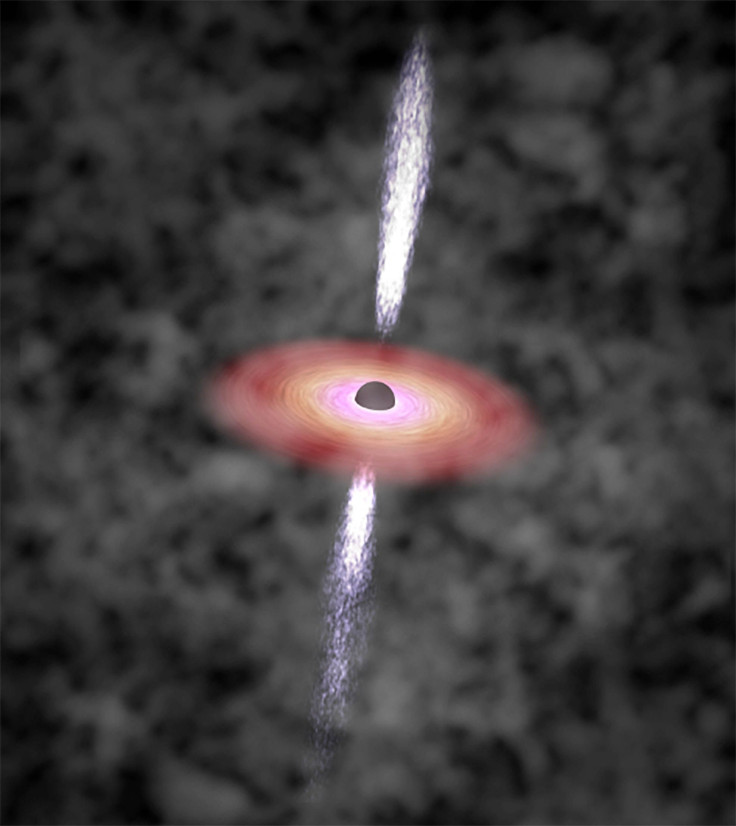Massive Quasars From The Dawn Of Time Defy Theoretical Models Of Black Hole Formation

Quasars (short for quasi-stellar radio sources) have been objects of intrigue for astronomers ever since they were first detected in the 1960s. A quasar is a compact region with a supermassive black hole at its centre, heated to such an extent that it emits massive amounts of energy — briefly outshining the galaxy in which it resides.
Our current understanding tells us that for a supermassive black hole to turn into a massive quasar, it would need to accrete matter for at least 100 million years. This means the odds of finding such an object in the early years of the universe are extremely low.
Read: New Discovery Doubles Number Of Ancient Quasars
However, a team of astronomers has now discovered three ancient quasars that seemingly challenge the conventional wisdom. All of these quasars formed just over a billion years after the universe’s birth, but have still — through an as-of-yet inexplicable mechanism — managed to accumulate the mass of about a billion sons.
For comparison, Sagittarius A* — the supermassive black hole at the centre of our galaxy — is merely four million times the mass of the sun.
“This is a surprising result,” Christina Eilers, a doctoral student at Max Planck Institute for Astronomy and lead author of a study detailing the observations, said in a statement. “We don’t understand how these young quasars could have grown the supermassive black holes that power them in such a short time.”

In order to calculate the age of these quasars, the astronomers examined how these objects had influenced their “proximity zones” — which are hot, mostly-transparent regions rich in ionized gas around quasars. Once a supermassive black hole turns into a quasar, its proximity zone grows very quickly, and by observing how big this zone is, scientists can estimate the duration the quasar has been active for.
For these three quasars, however, the proximity zones were very small, indicating they had been active for only about 100,000 years.
"No current theoretical models can explain the existence of these objects," Joseph Hennawi, who leads the team from the Max Planck Institute, said in the statement. "The discovery of these young objects challenges the existing theories of black hole formation and will require new models to better understand how black holes and galaxies formed."
This is not the first time astronomers have spotted objects that defy conventional understanding. In recent years, astronomers have spotted several supermassive black holes that formed less than a billion years after the Big Bang.
In March, researchers from the Los Alamos National Laboratory in New Mexico used computer simulations to calculate the rate of evolution of supermassive black holes if their growth is fed by cold and dense accretion streams.
The simulated black holes created by the researchers were also seen to be interacting with galaxies in the same way that is observed in nature, mimicking star formation rates, galaxy density profiles, and thermal and ionization rates of gases.
The next step would be to look for other ancient quasars that are also more massive than they should be. If more such objects are detected, it would not just help scientists create a better model of how the first supermassive black holes in the universe came to be, but also help understand how the one in the Milky Way’s heart formed and evolved.
“We would like to find more of these young quasars,” Eilers said. “While finding these three unusual quasars might have been a fluke, finding additional examples would imply that a significant fraction of the known quasar population is much younger than expected.”
© Copyright IBTimes 2024. All rights reserved.






















